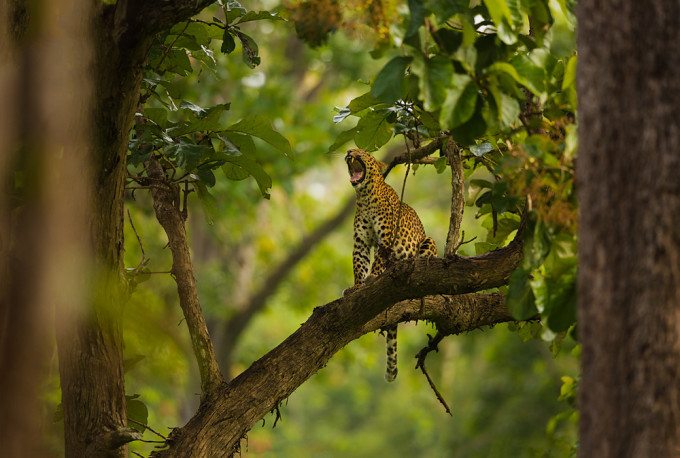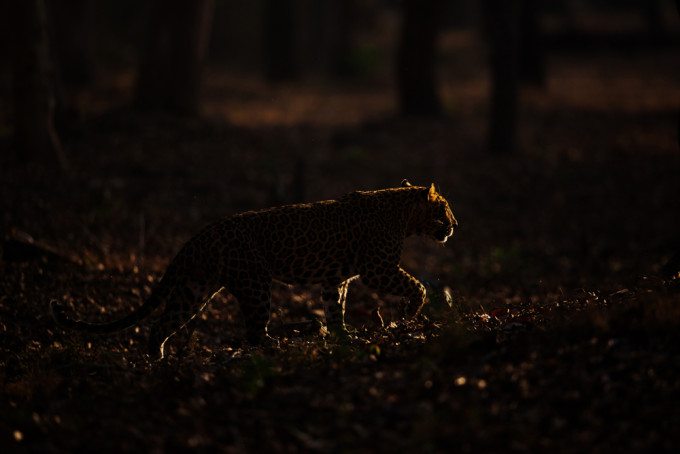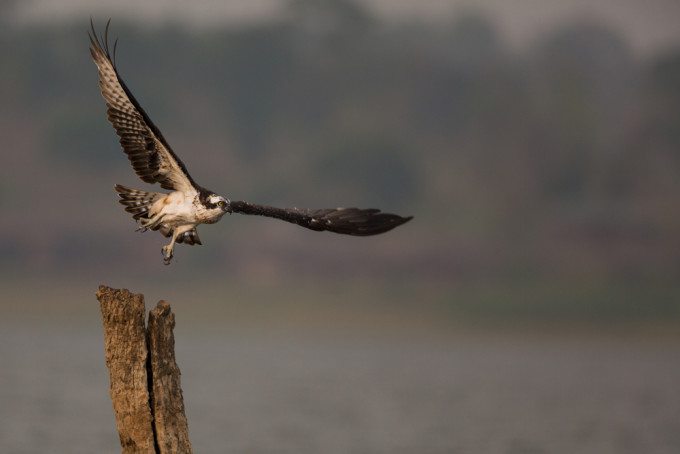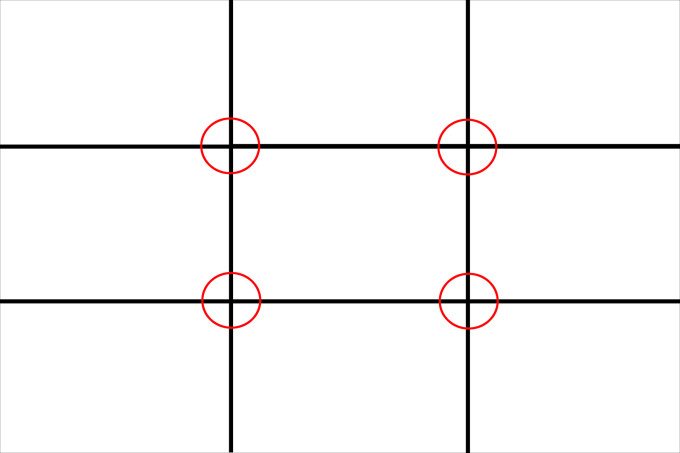
All images by John Rowell. Used with permission.
The main goal of post-processing is the finished image itself, right? If you answer yes to this, then you are missing out on many side lessons it offers that can help you in the long run. I use post-processing as self-evaluation and a learning tool. It helps me to develop my style and reduce my time editing future images too. This ultimately leads to less computer time and more shooting time–which is great since I am a photographer and not an editor!
Anyone can do this by asking a simple question every time you are processing your images. “How could I have done this in camera”? Think of post-processing as a breakdown of what you did wrong, or could improve upon. Now use this breakdown to take better images next time!
Follow John on Twitter for more!
Learn From Your Mistakes
Being able to critique your own work is a valuable tool to improve your photography. We all do it when post-processing, as it is a roadmap of everything you are doing wrong! Post-processing software is getting better and better and allowing us to recover bigger mistakes. This is great, but don’t just “fix it” and move on, try and learn from your mistakes. If you find yourself having to do a lot of post-processing on an image to “fix” it, you are doing something wrong.

Having to rescue under or over-exposed images is probably the most common “fix” in post. We have all taken a shot of someone with a bright background and ended up with a silhouette instead of a portrait. Leaving us no option but to increase the exposure or shadows to recover the image. Now consider that the point of a camera is to control the exposure of an image. Whenever you have to change the exposure in post, it is obvious that you did not get it right in camera. If you have to increase the exposure by 1-stop in post to “fix” it means you should have taken the shot 1-stop brighter! So remember it, and apply this conclusion next time you are in this situation.
Image composition is a good example too. Good composition can take a long time to master and is considered one of the most important aspects of an image. It is also one of the biggest challenges people face while learning photography. Luckily, it is also one of the easiest things you can fix in post. You can crop out the aspects of the image you don’t want and re-organize the elements of the shot to make it better. So, if you find yourself cropping to generate a more pleasing image just stop and think about the following questions: “What was wrong with the composition I had to start with, and why is this new composition better?” Once you realize why you like the new composition more, remember it. This way, next time you are shooting a similar scene; you already know what will look best.
Distracting backgrounds is another common mistake I see, even with experienced photographers. When taking the picture, it is easy to just focus on the subject (pun intended). It is only when you get home and look at the image on your computer that you notice the pole sticking out your models head. This leaves you little choice but live with it, or remove it in post using the healing or cloning brushes. If this sounds familiar remember to pay attention to the background when shooting next.
Most things you have to change in post to “fix” an image are mistakes you’ve made with the camera. Accepting you have a problem is the first step to recovery. So recognize your mistake, think how you can avoid it, and remember it next time you are shooting. You already see problems and fix them, now learn from them too. Your keeper rate will go up, you will spend last time fixing, and you will get more time to shoot.
Developing Your Style
In my mind there are two types of post-processing; fixing and enhancing.
Every photographer wants to develop his or her own photographic style. They want viewers to be able to be able to pick their image out of a stack because it is so obviously their style. But do you know what your style is? I did not for a long time, and it was not until I noticed a trend in my post-processing that I recognized I had a style. For me there it was two main things, exposure and white balance. I would take pictures with a zero exposure, and I always set the white balance for the conditions. However, in post I was constantly reducing the exposure by 2/3 of a stop and making the pictures warmer. Now this was easy to do in camera by slightly underexposing and choosing a warmer white balance.
This gave me starting images closer to my final style. The other aspect I noticed was which images my style did not suit. In this instance it was images that contained cooler tones. I used to have to process them a lot to get the style I wanted. I used this information to change my shoots. I would avoid taking images with lots of blue sky or cool tones, as I knew they would not work out well in the end.

If you always make the same enhancements to your images, this is probably your style. And by recognizing you style, you can tailor your images to best suit it. You will also see the situations that wont work with you style.
Time to Upgrade
Photography gear is expensive, and buying new gear can cause a lot of anxiety. What should I buy? What lens next? Should I move to full-frame? These questions flood photography forums everyday, and get the same generic answer. It depends on what you shoot! Analyzing your post-processing habits can shed light on limitations within your kit.
Image sharpness, clarity and contrast are a result of the lens quality. They can also be enhanced in post easily. If you always have to enhance these in post, you should think about upgrading your lens instead. It will improve your image more than heavy post-processing. That is, if you have the funds!
Heavy cropping to get a tighter frame of the subject suggests you need a longer lens. How much you are having to crop in will also tell you how much longer a lens would be best for you too. Cropping reduces image quality, so try and reduce it and get gear more suited for the job.
Less is more.
Less processing generally means higher image quality. So next time you are doing post, take that extra time to think how you can make it better in camera. It will save you time in the long run.


